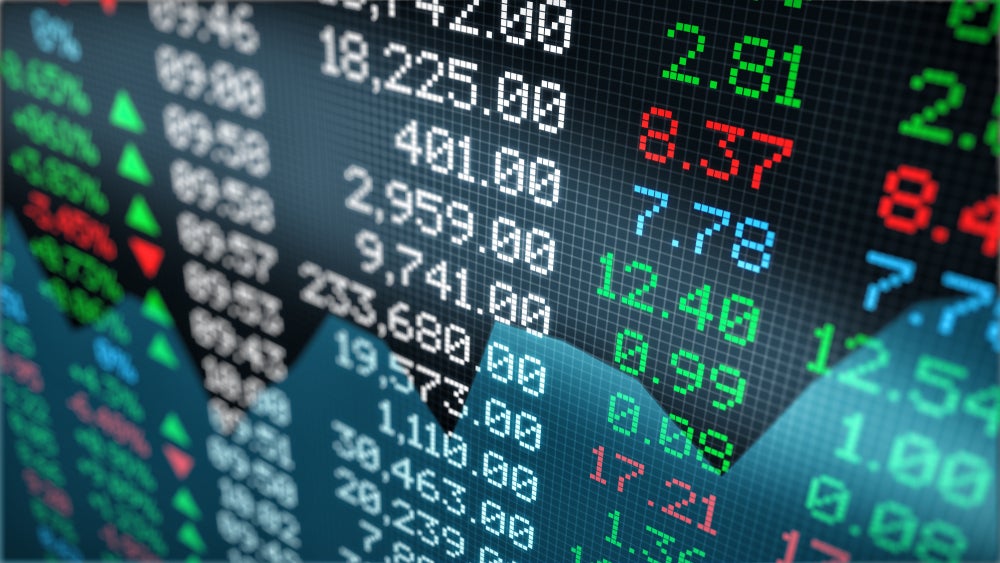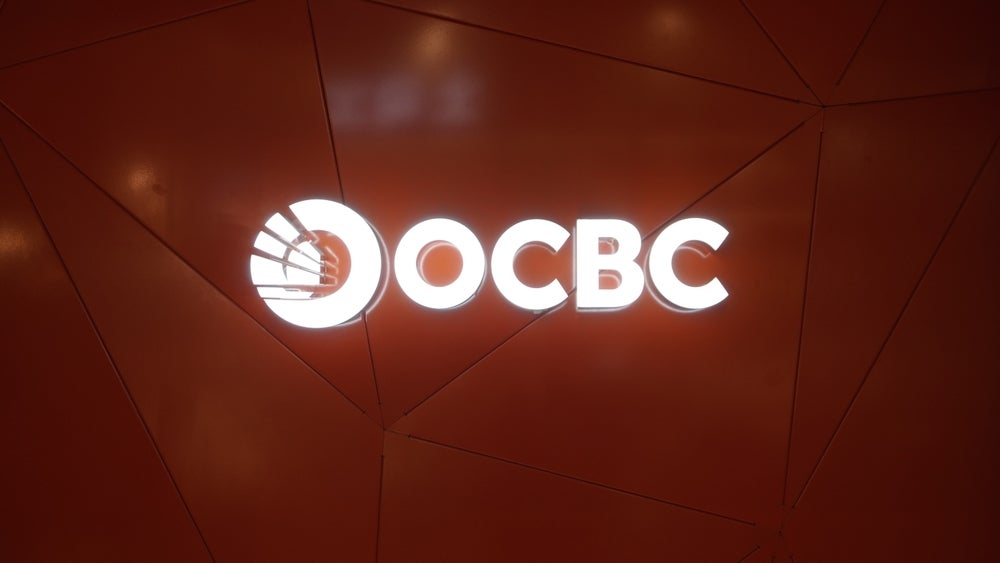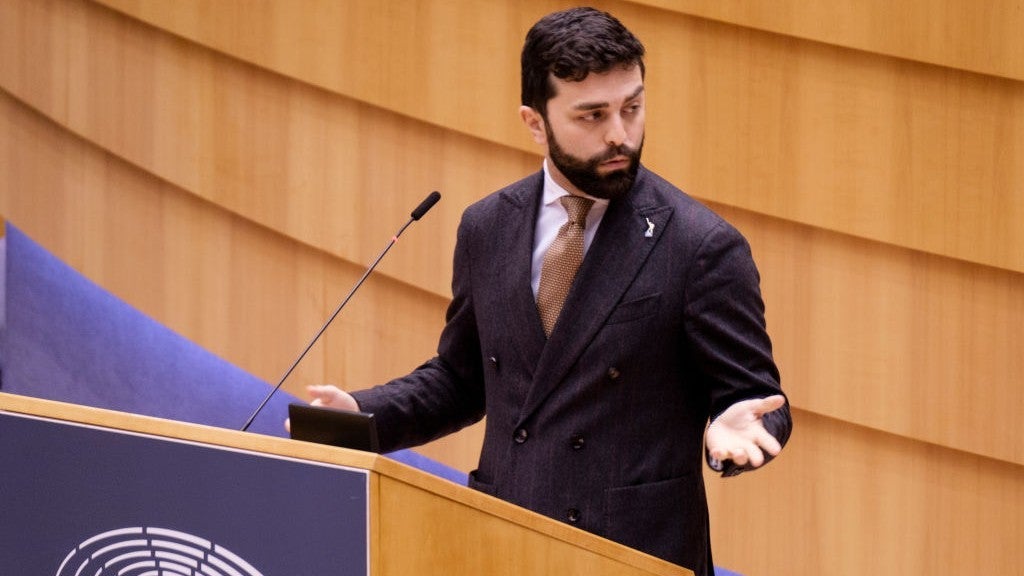Pouring over the minutiae of company results, or European stocks, may seem an inconsequential exercise in the face of the invasion of Ukraine, but in between struggling to decide what we can do practically to help, life must go on.
Sharon Bentley-Hamlyn, investment manager at Aubrey Capital Management, writes
Over 95% of our companies have reported numbers for 2021 and they are showing average sales growth of 36%, and EPS growth of 131% (70% at the median point). Most companies are still able to give positive guidance.
We have no investments in Russia or Ukraine. We do hold a couple of companies in Poland, one of which, Dino Polska, has said there may be upwards pressure on food pricing due to the Ukrainian situation. Inflation is generally regarded as positive for the food retailers, but sometimes pressurises margins if costs are not fully passed on, at least short term. The expectation for our portfolio companies is for average sales and earnings growth in 2022 of 24% and 75% respectively, and in 2023 for 16% and 36% respectively, more than respectable. The average 2 year PE is 27x and average 2 year PEG 0.5x, as low as it has ever been.
The impact of escalating oil and gas prices on economic growth may shift attention away from interest rate rises, which are likely to be pushed out, especially in Europe, where a hike in 2022 was doubtful, even before the invasion of Ukraine. With few exceptions our companies are not notable ‘gas guzzlers’, and generally have pricing power sufficient to pass on rising input costs.
In January, investors marked down the valuation they were prepared to accord ‘growth’ stocks. This was the biggest flight to ‘value’ that we have seen since the 1970s. This rotation rolled over in February and has not resumed thus far in March. Following the Russian invasion of Ukraine, the market had other things to worry about than European stocks. So where do we go from here?
We remain firm in our belief that if you can pick up the right growth companies now, huge gains will be made over the medium term. Despite the fact the technology sector has been out of favour on interest rate concerns, in the medium term, future investment in this area can be expected to be very substantial. What the Ukraine situation has thrown into stark relief is that Europe must lessen its dependence on autocratic regimes for strategic commodities, notably energy and semi-conductors.
How well do you really know your competitors?
Access the most comprehensive Company Profiles on the market, powered by GlobalData. Save hours of research. Gain competitive edge.

Thank you!
Your download email will arrive shortly
Not ready to buy yet? Download a free sample
We are confident about the unique quality of our Company Profiles. However, we want you to make the most beneficial decision for your business, so we offer a free sample that you can download by submitting the below form
By GlobalDataTo reiterate a few figures from the piece I wrote back in January regarding my experience of markets post the Balkans War, a 25% market fall from May to September 1992 was followed in the next 18 months by a 61% rise, then 2 years of flatlining, before a market doubling in less than 2 years. Market timing is a wonderful thing. Few are any good at it. But the possibilities of equity investment are also pretty exciting if your time horizon is long enough, and you select the right stocks.
I was reminded recently by comments of the former UK Chief of the Defence Staff, General Sir Nick Carter, that all wars eventually end in a conversation, (and sad to say, usually when both sides are exhausted). It is hard to know at the moment when that conversation might conclude and markets hate uncertainty, but the point of maximum uncertainty is usually the point of maximum opportunity. He also mentioned that innovation and technology are at the heart of where one should invest, which was music to my ears, as that is the core of what we do.
The world is undergoing seismic shifts, geopolitically, technologically and socially. It is the ability to go with that flow that will determine the winners versus the losers. Our portfolio looks nothing like it did 15 years ago and is completely unrecognisable from the portfolios I managed in the 1990s. I have little doubt that it will change radically again over the next 15 years. However, the financial principles required to identify the winners remain the same: invest in companies that can finance strong growth through high levels of internally generated cashflow.








